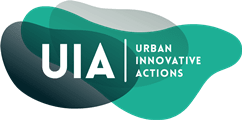Developing an open-data culture to advance city innovation: Open Data Kosice on the spotlight
Municipalities have been investing all the more in the last decade into developing infrastructures that enable them to work with data to improve their decision-making capabilities, fight emerging societal challenges efficiently and acquire a better and more accurate bird’s eye view across their cities’ and societies’ overarching issues. Six months ago, City of Kosice made its own leap forward towards this direction. Through Kosice 2.0 project it launched Open Data Kosice, core element of its emerging innovation ecosystem, that enables to collect, process, publish and openly share data online. Today the digital portal has already published more than 40 datasets for a range of topics such as census demographics, government processes, cultural activities, tourist flow, environmental indicators. Developing a municipal tool that makes data accessible to a broad audience, the project aims to increase transparency and accountability of the public administration, help government harness evidence-based policies to improve its decision-making processes and foster the growth of innovative businesses or help new start-ups emerge with innovative products and services.
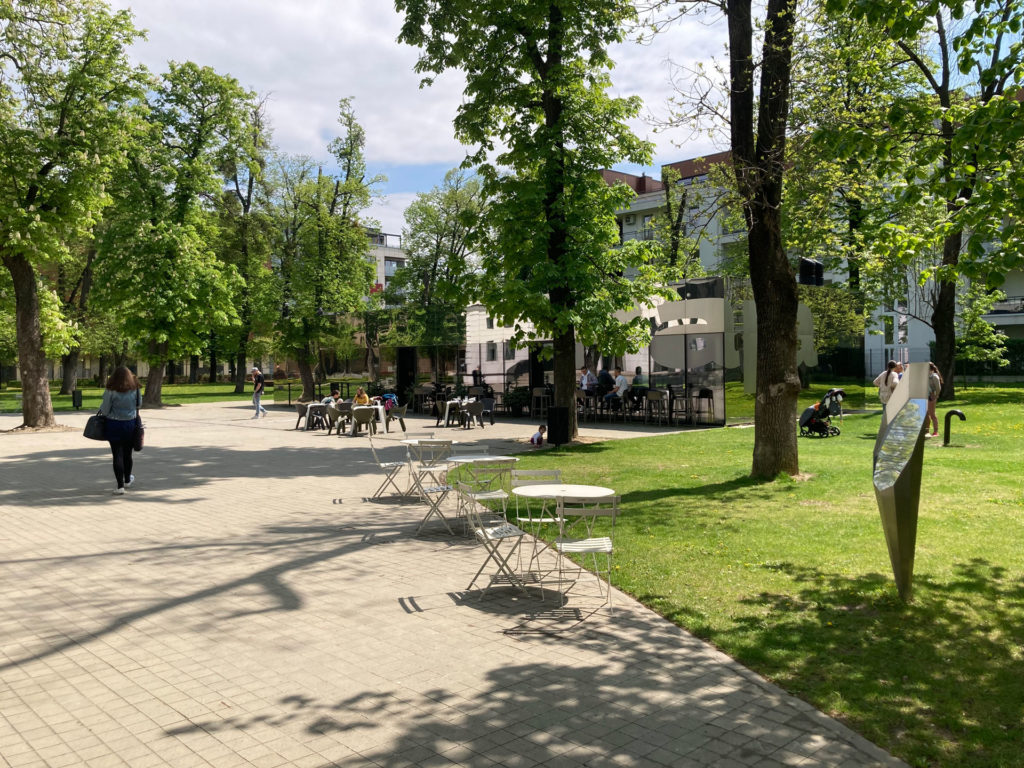
Developing and launching the open data platform has not been a seamless process and there have been a range of challenges that the team had to face and overcome along the way. Entering and changing the usual routines of City Officials; acquiring high quality data; providing unique data to its users; encouraging public and private organizations to share information publicly;
I met members of the team that have been coordinating the work done at the back office of the platform and discussed with them about the main scope, the priorities, the challenges, the solutions and the next steps. Michal Hladky, Director of CIKE organization which coordinates the development of the Citizens Experience and Well-Being Institute (CXI) and the Open Data Kosice, Žofia Sinčáková researcher at the CXI, Róbert Pollák senior data analyst at CXI and Matej Takács data expert at the City of Kosice participated in interviews taken during the process of developing and running the open data portal.
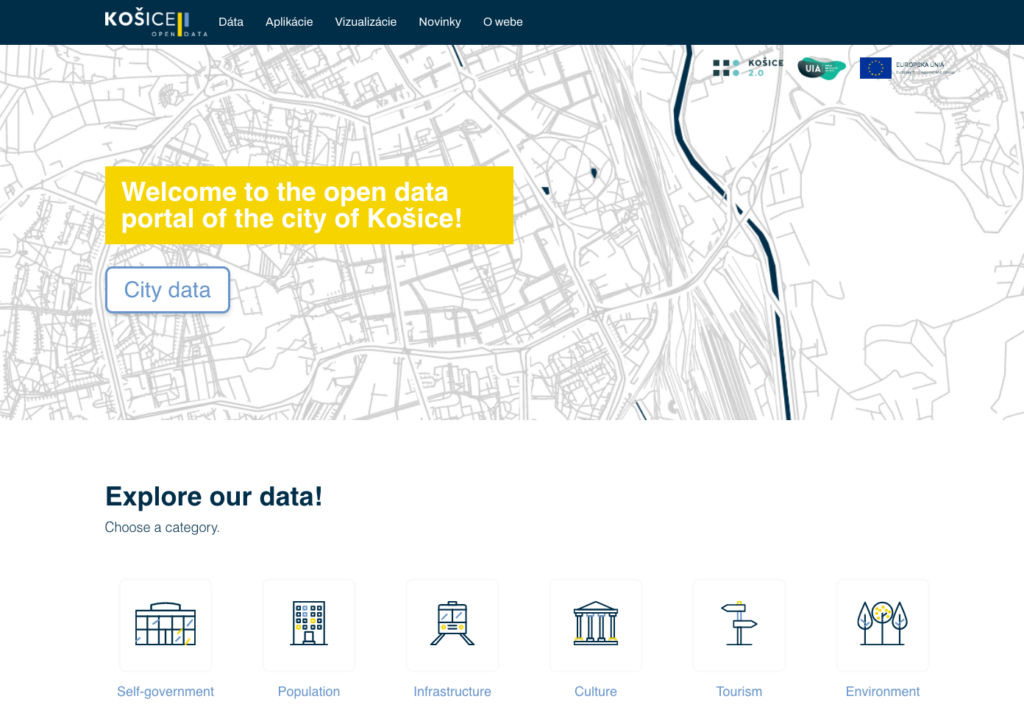
1. An integral part of a new innovation ecosystem
Haris Biskos – Kosice 2.0 project aims at introducing a new culture when designing policies or solutions that improve the public wellbeing in the city enabling the use of urban data to better understand and face pressing challenges. Where is exactly the position of Open Data Kosice portal within this new ecosystem that you develop?
Michal Hladky – Kosice 2.0 project develops a whole new mechanism to help our municipality increase its decision-making capacity but also to support our society towards innovation enabling the use of scientific research and data analysis when taking decisions or designing solutions that improve the wellbeing of citizens. This new mechanism is led by the Citizens Experience and Wellbeing Institute (CXI) which is the core element of Kosice 2.0 project. CXI is responsible to perform research, collect and process data and analyze them to help frame emerging challenges and issues that the city is facing. Its mission is to provide the municipality and the city at large with a better and more accurate understating of the urban environment and its challenges while it also may provide specific recommendations regarding areas of interest associated with the citizens’ wellbeing such as housing, economy, healthcare, security, public services etc. CXI consists today of 3 departments and 10 people as staff: (1) a research and analysis department which is responsible to perform urban research and collect, process, codify and visualize data (2) a public space department which focuses on issues that concern the improvement of urban public space (3) a public services department that focuses on the services provided by the City and how to enhance them.
The new open data portal, Open Data Kosice, is a pivotal element of this ecosystem as it openly enables a reservoir of urban data and an analysis of those data to a broad range of stakeholders such as municipality, research institutions, start-ups, tech-enthusiasts etc. to help them design better services and solutions that improve the wellbeing of citizens.
Kosice 2.0 project develops a whole new mechanism to help our municipality increase its the decision-making capacity but also to support our society towards innovation enabling the use of scientific research and data analysis when taking decisions or designing solutions that improve the wellbeing of citizens.
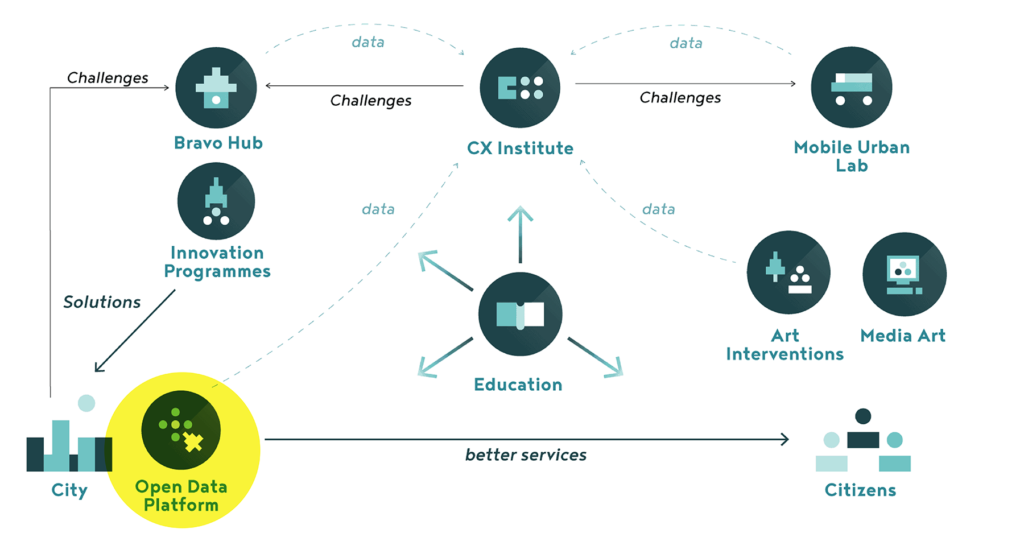
2. Introducing the tool – bridging the different worlds together
Haris Biskos – In January 2022 you launched a pilot version of the open data portal with a public presentation. How did you introduce the project to your stakeholder community?
Žofia Sinčáková – We first launched the open data portal with a public online event. It was not the exact showcase of the open portal per se but mainly a preparation of what would come soon. So, we first opened up a dialogue about what is open data and how our main target groups which are the private businesses, the University and the municipality can benefit from it; what are their own views on the topic and how can each one of those sectors use it in the best way possible. Representatives from the City of Kosice, the Faculty of Economics at the Technical University of Kosice and the IT company ANTIK Telecom, all of them partners of Kosice 2.0 project, participated in the public dialogue. The facilitator of the event was a person who is very well-known for his work in the field of open data and who represents the local association, Alvaria. Alvaria is an expert in open-data platforms and collaborates with a number of municipalities in Slovakia providing expertise to help develop such tools for their cities. It was very helpful that we had such an expert involved in this process and was able to communicate with all parties and bridge the different worlds we have been addressing.
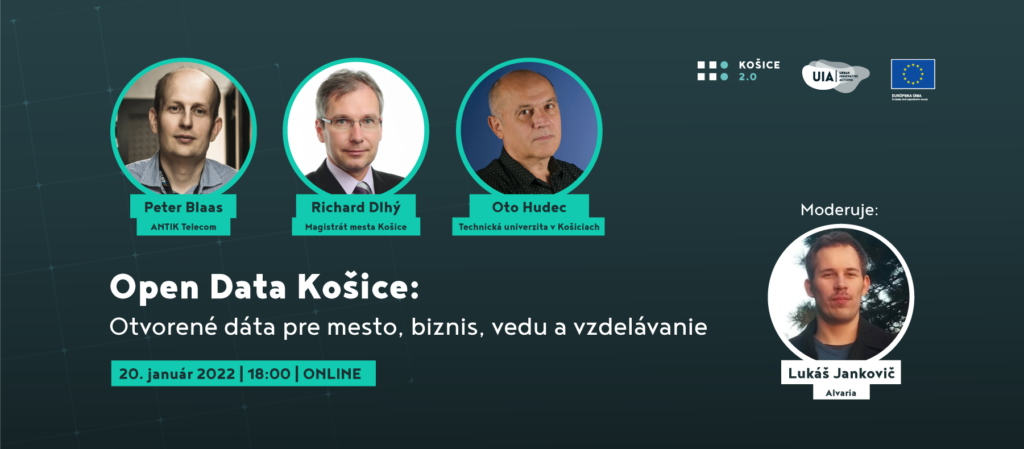
3. Not just a static tool to showcase data online but an interactive space to openly share and exchange knowledge
Matej Takács – In Slovakia there is a lack of space when it comes to sharing data that concern public administration. One of our aims through the work we are doing developing the open data portal is to increase transparency and accountability of the public sector. For this reason, a large amount of our datasets concern information regarding agreements, public contracts, invoices, payment orders etc. as well as registries of municipal enterprises and public offices activity. We are committed to fulfill the minimum goal of increasing accountability. In addition, we are looking at the demand of public opinion organizing surveys for a number of issues.
Žofia Sinčáková – The main point of our open data platform is to increase the transparency of the municipality towards the citizens of Kosice. The second need that the platform covers is that it helps the wider community to understand complex data that concern the city. To do this we offer a dedicated space for data visualizations. Through visuals of a certain design quality we help our audience to understand better and faster the data we provide in our website. So, it is not only about sharing publicly but also about combining, visualizing and explaining better the data to our users.
Having access to a palette of data, policy-makers and the stakeholder community of experts, researchers, start-uppers, have the opportunity to work with them and come up with solutions that improve the quality of life in the city. So, in general this tool harnesses opportunities for synergies between government and society. The City moves from a mere provider of information (when it comes to data) to an open organization that offer access to knowledge about the city and beyond. That is why we also offer an educational space that helps people learn more about open data. We have a blog with news and articles that helps raise awareness and empowers the community understand and talk about it.
Apart from giving access to data and knowledge, the portal is a tool that also helps collect the data. Through our platform we organize public surveys addressing the community with specific questions such as what topics of data they would like to see in the website, questions that concern the quality of life or even details that help us understand more about the profile of users of the platform and their activities; the places they live, where they work, how old are they etc. We want to know who our clients are and this tool helps us get a complete picture of them.
Róbert Pollák – In general, the open data portal responds to an under-nourished data culture found in Kosice and in Slovakia at large. Through the new open platform we want to communicate to the wider public what is happening in the city through data. In order to achieve this, we publish datasets that concern the general public and we make them as visually attractive as possible using specialized software such as the ArcGIS. We then go one step further and we use those visually attractive data to create stories for specific issues of concern that will also be enriched with interviews by planners, architects, scientists etc.
Having access to a palette of data, policy-makers and the stakeholder community of experts, researchers, start-uppers, have the opportunity to work with them and come up with solutions that improve the quality of life in the city. So, in general this tool harnesses opportunities for synergies between government and society.
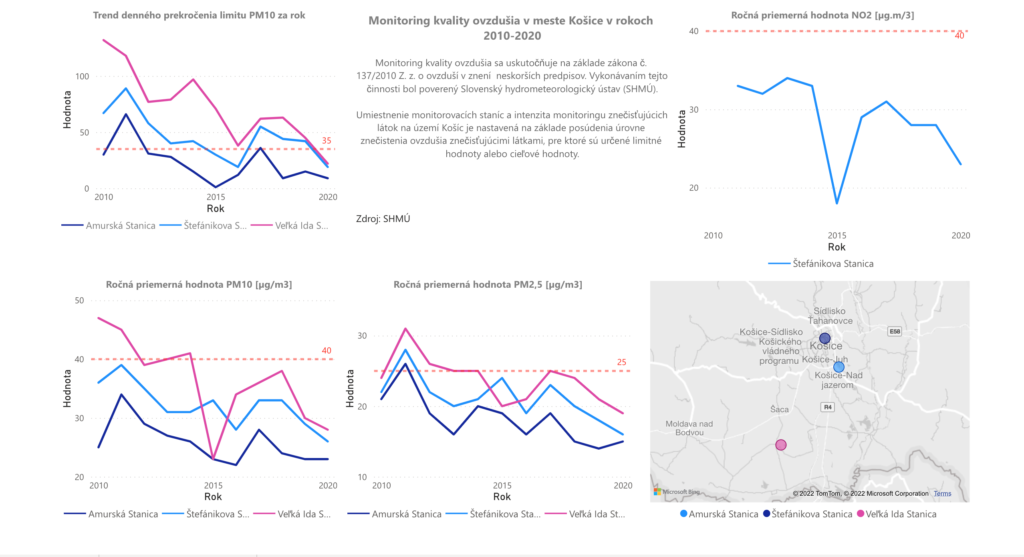
4. Diversifying data sources is key to successfully feed-in the portal
Haris Biskos – How do you collect your data? What are the different ways or methods that you use to feed in your platform?
Žofia Sinčáková – We collect our data mainly through 3 different methods.
- The first one is through public opinion surveys. Even before creating our data portal we had been organizing public opinion surveys to get an instant picture of peoples’ activities and feelings. We collaborate with a private agency that is working with a representative sample of citizens through telephone interviews, emails and social media surveys mapping their opinion on issues that concern the quality of life and the well-being. There is also the public tourist reception office (Visit Kosice) through which we communicated surveys and we collected information about visitors in the city. We also took advantage of large-scale cultural events, such as the White Night festival here in Kosice, so to access large volume of people and organize personal interviews with those who attended the events. Personal interviews worked quite nice for us as they established a more intimate communication tool with the general public who especially during a period of social distancing enjoyed talking to us sharing opinions and ideas that usually don’t have the opportunity to be heard. Also, during art exhibitions that take place next to our premises in Bravo Hub, we have been sharing paper surveys that add up to our work mapping peoples’ opinion.
- The second method that we have to collect data is through our mobile urban lab unit (MUL) which we are launching in the next few months. With this car we will be able to visit different locations in the city and through specific technologies and sensors we will be collecting real-time data from the places that the car will be located. Having the car as a reference point we will also organize public interviews and discussions with citizens to know what they think about the particular locations in the city we will be examining.
- Another way we have to feed in our platform is connecting with infrastructures that belong to private service providers. It was very important having ANTIK Telecom in our consortium of partners as private companies are usually quite reluctant sharing information and the data they own publicly.
We are also looking outside our city limits to find sources of data that would increase the reliability of the information we offer to our users and enrich our datasets. For example, the Statistical Office of Slovakia is a reliable source that we can access to import information to our platform that concern more general information such as census demographics. We then use this information to create analysis and interpretations on the rhythm of change or the urban evolution of the city. Kosice Region is also another great source for us through their open Geoportal platform where they offer geospatial information focusing on maps. We also rely on crowdsourcing platforms such as Open Street Map which are not as reliable as the Statistical Office but they are open to everyone.
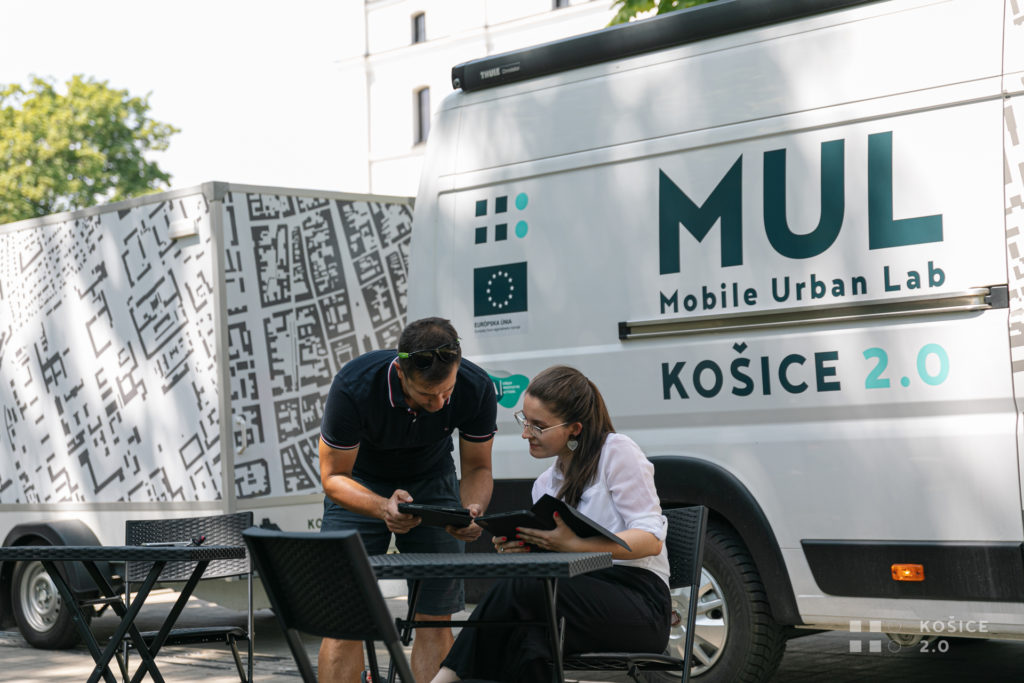
5. Publishing data is a complex process
Haris Biskos – What are your top priorities when processing data in order to share them publicly?
Matej Takács – We need to always have in mind that the information we provide will be used by people working in the public or private sector to take decisions or design solutions and that means that we have to think how the data we provide are going to be useful for them. In order to provide useful data, we need to set a clear and a good quality structure. Today publishing data is a legitimate and popular activity but usually the data provided in the various websites are not organized in such a way so that someone can work with them. This is the first priority we have in mind when publishing datasets online. It is very important to build a structure in such a way so that your data could be also easily combined with other sources. Beyond quality, our other priority is to generate unique data. This means that we want to be able to produce our own data through our own means and processes. Those data will be then unique and all other institutions such as the Statistical Bureau of Slovakia will not be able to have them before the City of Kosice publishes them online.
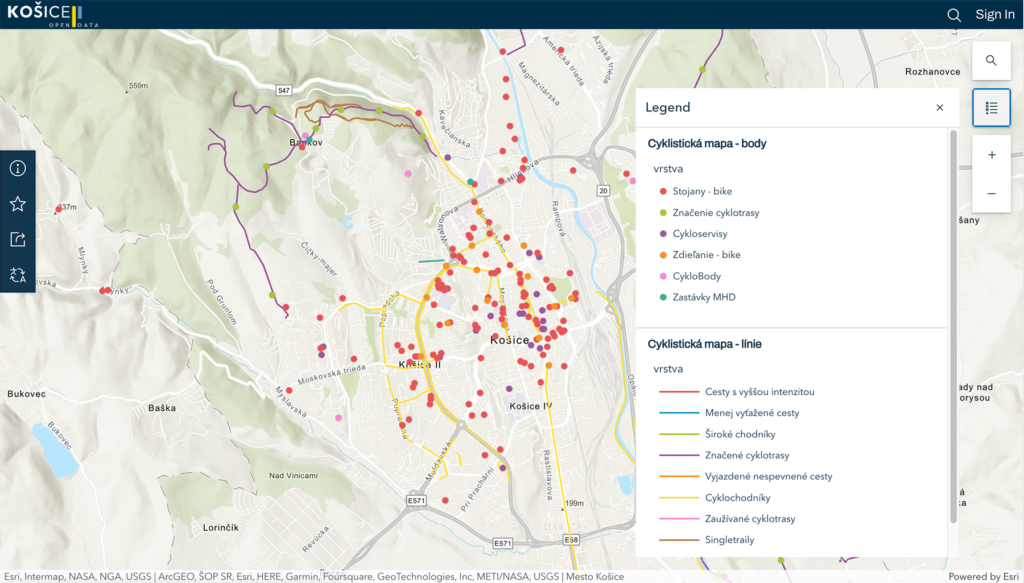
Žofia Sinčáková – Our intention is to share everything we can in the best possible quality. Quality in data is very important for the City and for our team at CXI. When we refer to quality data we mean that we cannot publish every information as is but we have to process it, work with the datasets so that there are no mistakes or duplicities while at the same time considering what we want to say to the people we address when publishing a specific dataset. We have to spend a lot of time before publishing our datasets so that we make sure that they are complete and they contain every information possible in one place.
Another very important issue to consider when working with our portal is to have data which are regularly updated. In order to respond to this issue in an efficient way we are investing in data automatization. For example, there are data which are updated automatically every 10 seconds or every hour. So far, those data concern public procurements and financial orders of the City.
We have to spend a lot of time before publishing our datasets so that we make sure that they are complete and they contain every information possible in one place.
6. Facing the lack of data culture slows down the effort
Haris Biskos – What are the most important challenges that you have been facing so far developing the portal?
Matej Takács – The main challenge that we have been facing is the lack of a specific office in the municipality associated with the general data management. Lack of horizontal data management guidelines means that every office or department in the City generates, collects, stores and organizes data in its own special way. Now we come in and we need something different. We need the data in a different structure or we need some kind of automation that is not in place. This is the top challenge we are facing because the lack of coordination and the lack of systematic approach when processing data means that we have to double or triple our effort or the effort of our colleagues. Here, the human factor is important so we try to help City Officials streamline the process. We though do not want to increase the workload of our colleagues who might be not skilled enough in digital technologies. We face situations where this approach is a challenge but in some other cases it helps our colleagues to improve routines of work and increase their efficiency. We advise them to slightly change their habits to get better results and adapt some small changes in their working cultures.
…the lack of coordination and the lack of systematic approach when processing data means that we have to double or triple our effort or the effort of our colleagues. Here, the human factor is important so we try to help City Officials streamline the process.
Róbert Pollák – I think that our main challenge is the lack of available data that we could access and that are also systematically updated. The sources of data are limited especially when it comes to public organizations. For example, we have limited access to data regarding public transportation when looking at the Local Public Transportation Company. At the same private companies such as our partner ANTIK Telecom are more flexible and they have the resources and their own infrastructures to help us get specific information regarding mobility in the city. Other challenges we face are slowness of procedures regarding permissions to publicly share data, cross departmental communication or communication with public authorities in general and the lack of data culture in the municipality at large.
7. Successful communication among partners as a key driver to overcome barriers during the implementation
Haris Biskos – How have you been able to manage challenges and overcome barriers in implementation? what is your key success factor so far?
Žofia Sinčáková – What has been the most important success factor during the implementation of the open data portal has been the very close and tight communication that we have with the municipality and the other partners involved in the project implementation. When something new is coming there is a lot of frustration everywhere around. Lot of stress, lot of doubt, lot of pressure. Good communication among partners has helped dissolve those issues and find solution in every problem that comes up. Especially with the City departments we have been working with, I feel that they have been real colleagues to me. Because of COVID-19 we didn’t have the chance to see each other that much in the physical world and that was hard, but the good communication we established was very successful. Understanding each other, listening to everyone’s perspective has been quite crucial for the development of the portal.
8. Leading by example
Haris Biskos – What do you think about the sustainability of the project? is this something you consider a challenge? How do you envision the future?
Žofia Sinčáková – When we started, I felt that the municipality was skeptical about the project. Why do we need the open data platform for? why is this useful for us? Right now, that they can see the result and they can see it happening, they feel more confident about it, they respond faster and they are more enthusiastic when it comes to communication. When we started it was not physically there, it was just an idea. Today, it is something that you can already look online and you can browse and you can talk about it. Cooperation with different partners involved in the development of the project helped them understand that there is no fear of innovation. After the end of the project the open data portal will be an integral part of the municipality. It will be a public tool and they will have the responsibility to lead and continue providing the services. Right now, there is time and room for experimentation and we feel we have to try every possible method to attract people to the platform. It will be up to them to continue.
Matej Takács – The leadership in Kosice is committed to the work it is doing to establish a new culture in decision making and policy making introducing a data driven approach. But in order to bring this culture change you need time. New elections will take place this year and we are waiting to see the results. If the current administration is re-elected then the project will have more chances to survive. I don’t think though that we are going to have a major step-back whatsoever. Data driven decisions and the publishing of data have done a good start in Slovakia and any administration will hardly have an option to undone the work and dismiss what has already been developed.
Michal Hladky – So far we have made great steps forward as we have managed to officially launch our tool, pass a «data legislation» through our City Hall that lets everything published online to be legal and we have a main flow of data coming from the municipality and other public, private or open sources. In order to advance our work we need to enrich our platform with a larger volume of data and more interesting datasets, invest in high-quality communication and publicity targeting Universities, policy-makers and start-uppers but also attracting young talents come onboard and be part of our team. I consider the Open Data Kosice as a great opportunity to entice young professionals attracted by the opportunity to work with urban data, maps, datasets, diagrams etc. We envision the future platform to be able to work with real-time data in collaboration with private partners such as ASVIS but also to build a network with citizens creating the opportunity for public participation in scientific research (citizen science).
The article was originally published at uia-initiative.eu webpage.

